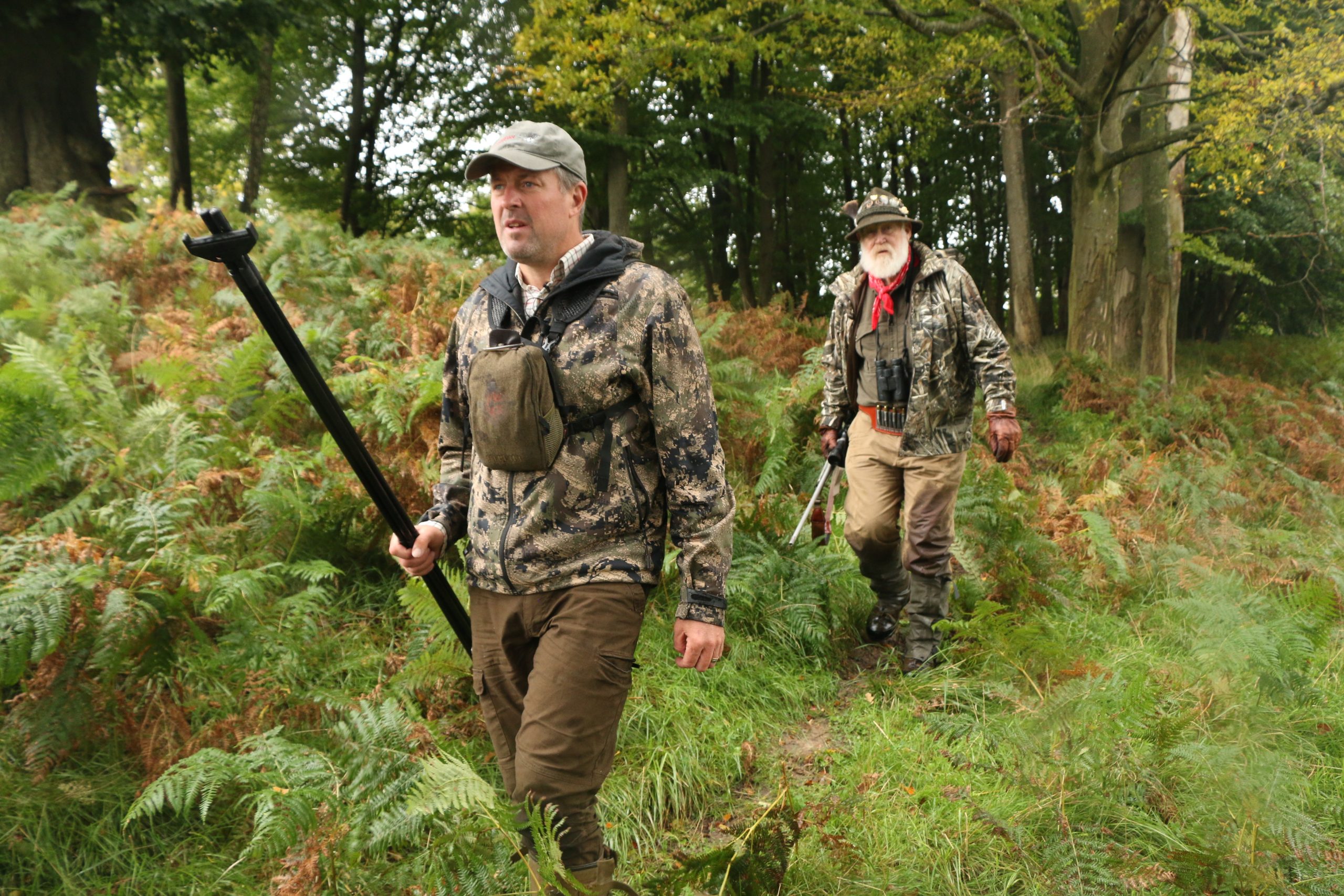Some days you lose out on an elk, but you gain the discovery of a 70 million year old sea creature.
While hunting, David Bradt stumbled upon a fossilized bone, which scientists have just confirmed as a new genus and species of prehistoric sea creature, Nakonanectes bradti.
In November 2010, Bradt was having an uneventful hunt for elk near the Missouri River in Montana. When he stopped to wash his face at a creek, Bradt noticed the water running over something interesting on a rock and took a closer look. The hunter immediately recognized the vertebrae as fossilized bone and figured he had uncovered a cow-sized dinosaur like a Triceratops, never thinking that the area he was standing in had been an ocean at one time.
Instead of trying to remove the pieces of bone himself, Bradt took photos and reported the discovery to the U.S. Fish and Wildlife Service and a local museum. Since the extraction in 2010, researchers have been assessing the fossils and comparing them with other prehistoric North American species. By analyzing this well-preserved, almost complete skeleton, paleontologists received a rare chance to learn more about the marine reptiles of the past.
A recently published article in the Journal of Vertebrate Paleontology describes the creature as a carnivorous marine reptile with paddle-like limbs and a seven-foot long neck, about half the neck size of the closest known relative, the elasmosaur. This discovery is important because it showed scientists that neck length did not simply increase over time since these two reptiles lived around the same period and had greatly different neck sizes.
Sources: ABC News and Journal of Vertebrate Paleontology



